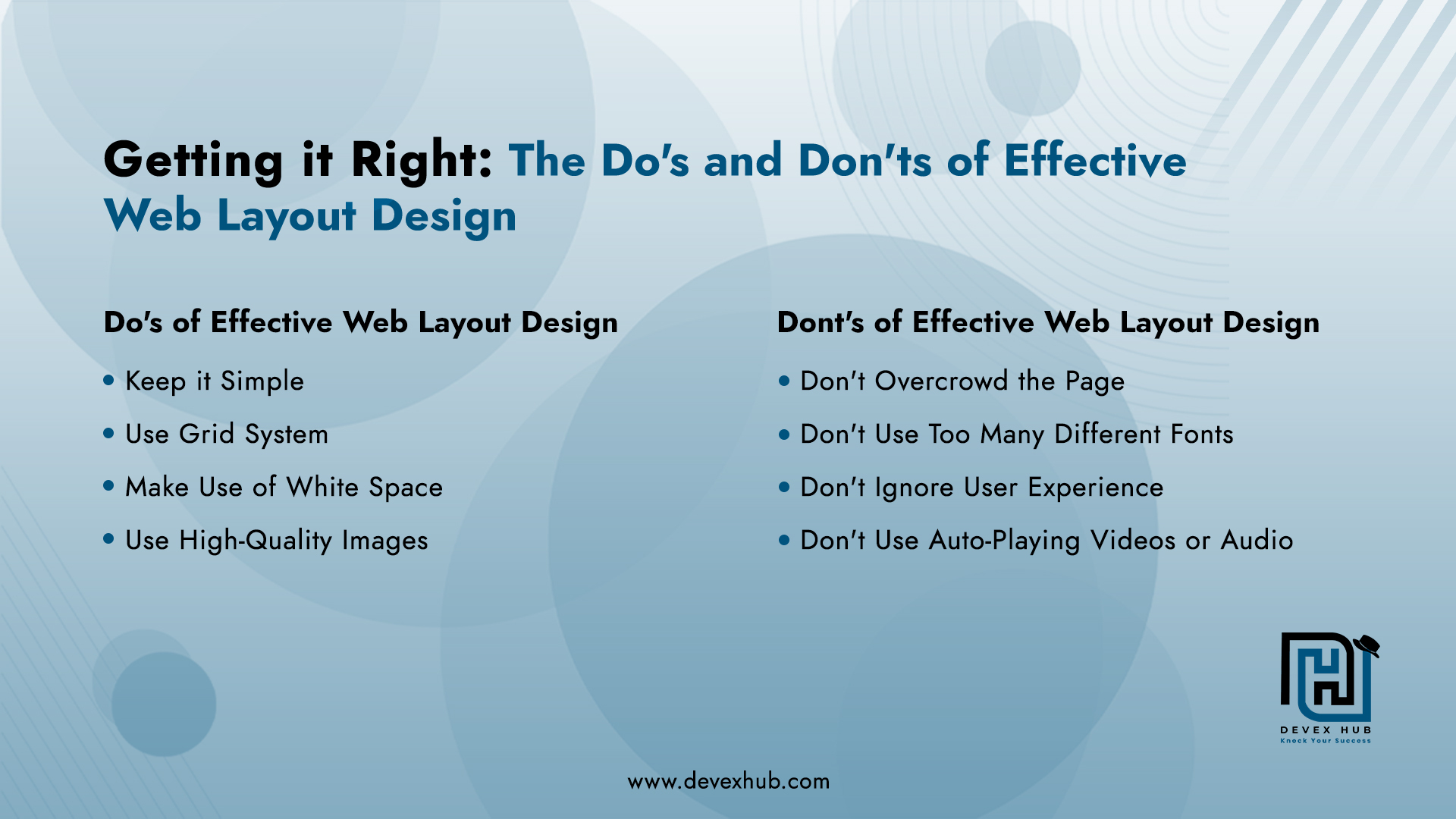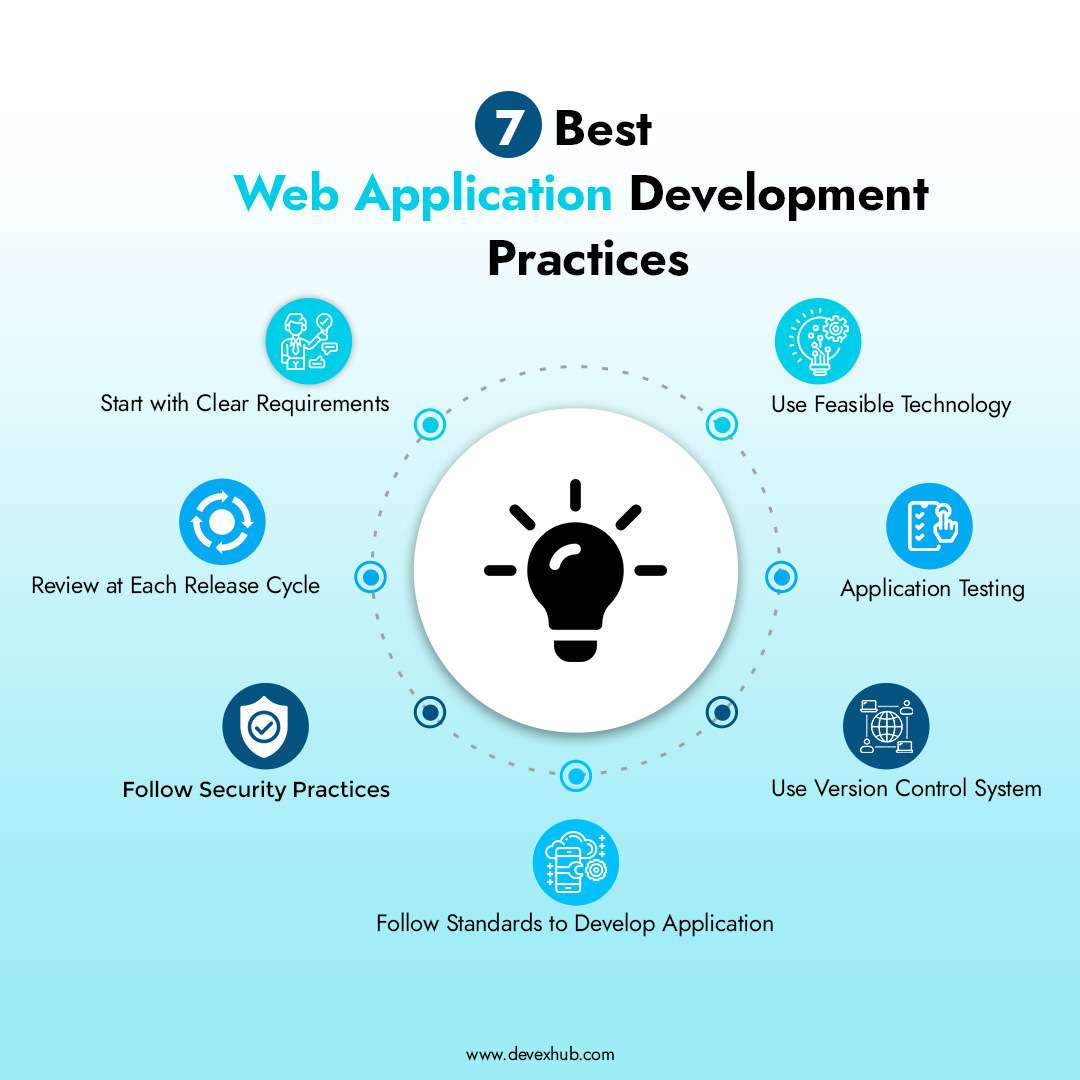Unleashing the Power of Mobile-First Design: How to Optimize Your Website for Any Device
.jpg)
Imagine this: You're on the go, scrolling through your phone when you stumble upon an intriguing website. You eagerly click on the link, only to be greeted with a jumbled mess of content that doesn't fit the screen. Annoying, isn’t it? Now, envision being the website owner and knowing that your potential customers are experiencing the same frustration.
In today's digital landscape, where mobile devices are the go-to for internet browsing, having an unoptimized website can be detrimental to your business. This is where the "Mobile First" concept comes in. So, are you ready for the mobile-first world? In this blog post, we'll explore why creating a mobile-friendly website is crucial and how taking a mobile-first approach can elevate your online presence. Get ready to discover how to create a mobile-friendly website that attracts more visitors than ever before!
Why Mobile-First Design Is Absolutely Essential?
Mobile device usage is growing at an unprecedented rate, with over 50% of the total internet traffic now coming from mobile devices. Optimizing your website for mobile devices is essential to ensure that your content is delivered to mobile users in the best possible way.
Simply put, mobile-first design is the process of designing a website for the smallest screen first, and then working up to larger screens. By doing so, you can create a user-friendly interface that adapts to different screen sizes, ensuring a seamless experience for all users.
Also, by optimizing your website for mobile devices, you can improve user experience, boost your search engine rankings, and ultimately increase your website's success. Prioritizing mobile-first design can help ensure that your website is accessible and user-friendly across all devices and locations, attracting more visitors and increasing engagement.
How Can You Optimize Your Site for Any Device?
Optimizing your site for mobile is crucial for improving user experience and ensuring that your website is accessible to a larger audience. Here are some tips for optimizing your site for mobile:
Give It a Responsive and Mobile-Friendly Design
Giving your website a mobile responsive layout and mobile-friendly design is crucial for ensuring that your website is accessible to all users, regardless of the device they're using. A responsive layout automatically adjusts to the size of the screen it's being viewed on, providing a consistent user experience across all devices. To achieve this, use a mobile-first approach when designing your site, prioritize the most important content, and use touch-friendly elements such as large buttons and easy-to-navigate menus. By optimizing your site for mobile, you can improve user experience and increase engagement and conversions.
Let Popups Begone
Popups can be a major nuisance on mobile devices and can detract from the user experience of your website. It's important to consider alternative ways to encourage engagement and capture leads without interrupting the user's experience. For example, consider using slide-ins or banner notifications that are less intrusive and can be dismissed easily. You can also offer value to users, such as a free guide or discount, in exchange for their contact information. By eliminating popups on your mobile-first website, you can improve user experience and encourage engagement without frustrating your visitors.
Eliminate Technical Glitches
Technical glitches can be a major roadblock for mobile-first websites, causing frustration and driving users away. To eliminate technical glitches, ensure that your website is compatible with multiple browsers and devices, and regularly test it for issues. Use a responsive design that adjusts to different screen sizes and resolutions, and optimize your images and videos for faster load times. Additionally, regularly update your website's software and plugins to ensure optimal performance and security. By eliminating technical glitches on your mobile-first website, you can improve user experience and create a seamless browsing experience for your visitors.
Optimize Website Speed
Website page speed optimization is crucial for mobile-first websites, as users expect quick and seamless browsing experiences on their devices. To optimize website speed, start by optimizing your images and videos for web use and compressing them to reduce their file size. Minimize HTTP requests by combining CSS and Javascript files, and use a content delivery network (CDN) to distribute your website's content across multiple servers. Additionally, enable browser caching to speed up the loading time for returning visitors. By optimizing website speed on your mobile-first website, you can improve user experience and increase engagement and conversions.
Make Your First Scroll Engaging
The first scroll of your mobile-first website is crucial for engaging users and encouraging them to stay on your site. To make your first scroll engaging, start by creating a visually appealing and user-friendly design that grabs their attention. Use clear and concise headlines and subheadings to guide them through the content and break up large blocks of text with images and videos. Additionally, use calls-to-action to encourage user engagement, such as "Learn More" or "Shop Now." By making your first scroll engaging on your mobile-first website, you can captivate your audience and encourage them to explore more of your content.
Ensure Compatibility for All Users
As part of optimizing your website for any device, it's important to test your site on multiple operating systems and display systems to ensure that it works properly for all users. Different devices and operating systems may display your website differently, and some features may not be compatible with certain systems. To check your site on multiple systems, consider using browser testing tools or emulators that can simulate different devices and operating systems. Additionally, consider asking users to provide feedback on their experience with your site on different devices and systems to identify any issues that need to be addressed. By conducting mobile-website testing on multiple operating and display systems, you can ensure that your site is accessible and functional for all users.
Conclusion
In today's digital world, where the majority of online traffic comes from mobile devices, it's essential to have a website that's optimized for any device. By following the steps outlined in this article, you can ensure that your website is mobile-friendly, fast-loading, and visually appealing, no matter what device your visitors are using. From adopting a mobile-first design approach to testing your site on multiple operating and display systems, each of these strategies can help you optimize your website and improve your user experience. Ultimately, by optimizing your site for any device, you can increase your online visibility, attract more visitors, and boost your revenue. So, what are you waiting for? Start implementing these tips today and take your online presence to the next level.





Comments
Post a Comment